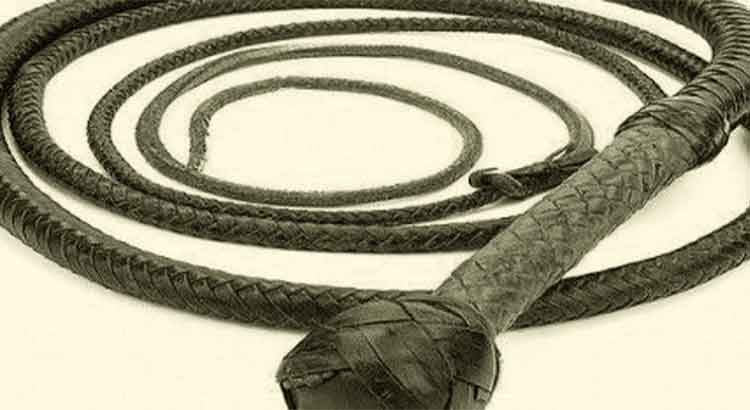One cannot help but see the panorama of cultural degradation in which modern society has sunk. Along with the rise of the majority, on a higher plane placed their preferences. The result? High culture despised, reduced to the superfluous. Behavioral precepts dictated by an infamous mass psychology: everyone obligatorily sharing tastes and habits, under threat of punishment. And if access has been, as never before, facilitated, the ease has resulted in a loss of interest in what was once rare, in a loss of value. What to do, seeing this scenario? Against the impositions of numerical force, there is nothing possible: the joint scale of values escapes the individual’s field of action. But this is despicable, like everything that comes from any majority. There remains, however, the need for a cultural reaction with unprecedented violence.
Category: Notes
Serious Art Does Not Deliver Pleasure to the Artist
Serious art does not deliver pleasure to the artist. To say that is to repeat the obvious… Kafka is the model of the serious artist: Kafka, the writer who burned almost everything he wrote and who lived as a complete anonymous. What did art give him? Nothing, but affliction. Anyone who thinks art delivers any kind of contentment is completely unaware of it. The artist works for dozens of hours: he creates the work. And then, what does he do? or even: what good does the work do him? At first, serious art does not sell—and it is an insult to think that it is made to sell;—then, it is a joke to imagine someone like Kafka satisfied or contented by glimpsing what he has birthed. Kafka certainly reread his works, which is why he burned them. A serious work, once created, repulses the artist; once created, it has to disappear from his field of vision. For the rest, there is what art delivers: endless hours of bitterness and a final disgusting judgment. Like Kafka, it is to leave unpublished the work of a lifetime and to order in a will: “Burn everything that is left of me!”.
The Great Artist Does Not Simply Recreate Existence
The sharpest dividing line between inferior and superior artists separates those who make art for fun and those who convey through art a judgment about life. The great artist does not just recreate existence: he bluntly exposes a judgment, he strips himself bare in prose or verse. He chooses the theme, builds an arc visualizing its effect, subjects the whole to a feeling or impression, impregnating the creation with a state of soul, a feeling coming from his judgment. This is why there is artificial art, weak art, which neither moves nor convinces. There are protocol artists, who play around and limit themselves to copying models, who make art out of vanity, who follow trends, who, unable to make a sincere personal judgment, make art thinking about pleasing.
Literature Through Whiplash
I wrote, as if by force, a play and nineteen other Casos—there are now forty-nine, and it is only a short hop from that to a thousand. The thing is: it is funny, when I write verses, I miss the fluidity of prose. But, except for these Notes, prose only comes out reluctantly. I put myself into creating narratives and I already start thinking about when I will finish them, when I will be free of the obligation that I psychologically contracted. Two volumes of Casos, in sequence, and I would give up everything. I get tired mainly of the method, the structuring of the narrative, and then the execution. The style calls for concision, logic, chaining, and the mind seems to work tied together. The theme arises spontaneously and becomes an order. Verses… these, at least, I like to have done when I have forgotten how I judged them in the end…



